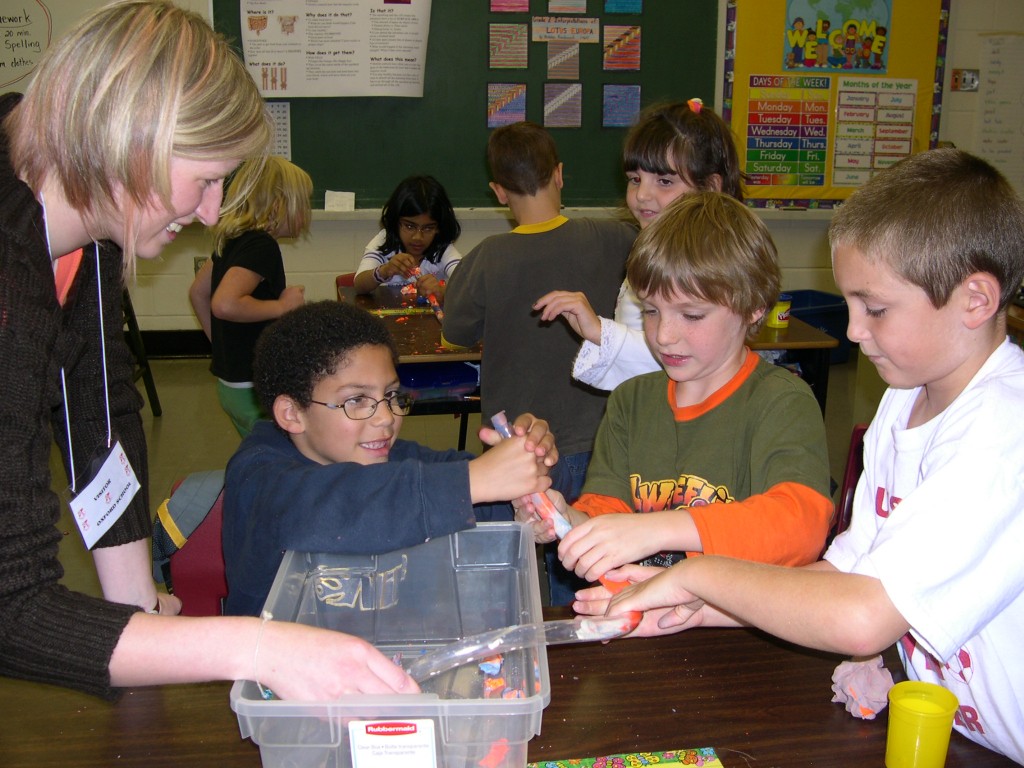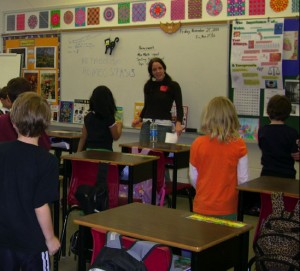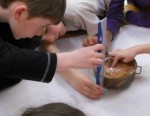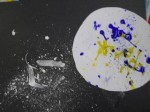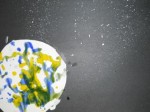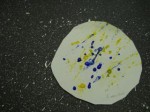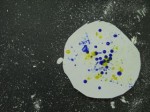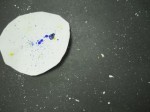To moonwalk like Michael Jackson, you need van der Waals forces
May 14, 2012 in Space
At the Eureka Festival, down by the Old Port of Montreal, on June 13th, 2010, Molecules of Life explored the importance of weak molecular forces for Michael Jackson’s Moonwalk propulsion. On a bright sunny day, to the vibrations of Michael Jackson’s music, hundreds of curious children and their parents visited the Molecules of Life booth and danced the moonwalk on two different surfaces. First, in their rubber-soled shoes and sneakers, they tried to glide like Jackson on vinyl and cardboard surfaces. Then, in their cotton sox, they attempted the same dance steps on the same surfaces. The smiling, enthusiastic moon walking participants were then questioned by the Molecules of Life pole-takers “on which of the two surfaces was it easier to dance the moonwalk.”
The poles were almost unanimous: when wearing rubber-soled shoes, the vinyl surface gave the better glide; in cotton sox, dancing the moonwalk was easier on cardboard.
Why?
First, we need to consult the 1910 Nobel Prize winning theories of Dutch physical chemist Johannes Diderik van der Waals, who demonstrated the existence of weak interactions between close molecules. Two of these interactions play key roles when dancing on vinyl and cardboard, respectively, dispersion forces and hydrogen bonds. Dispersion forces of attraction result from the rapid fluctuations of the location of electrons in molecules inducing similar fluctuations in other molecules. Such choreographed movements between the electrons of neighboring molecules are particularly important when hydrophobic surfaces like rubber and vinyl rub together. Hydrogen bonds are weak attractive interactions, which occur between hydrophilic molecules like cellulose, which is a major component of your cotton sox and cardboard.
Second, we need to consider the key step of the moonwalk: to slide one heel back and “into” the floor as you lean back on your other foot. Key for this movement is the ability to anchor the toes of the back foot as the other foot glides behind it. Weak molecular interactions, van de Waals forces are essential for the back foot to gain traction with the surface, otherwise your back foot would slip forward as the other foot moves back.
Rubber-soled shoes stick better on a vinyl surface, due to dispersion forces and cellulose-cotton sox anchor better on the cellulose of cardboard, due to hydrogen bonds. Hence, the slipperiness of the surfaces makes not for a good Moonwalk; instead, it’s the weak molecular interactions, those van der Waals forces, which allow you to anchor one foot so you may appear to glide with the other.
Dancing to music and learning about science is always fun as can be seen from the many happy faces enjoying our Molecules of Life experiment.
